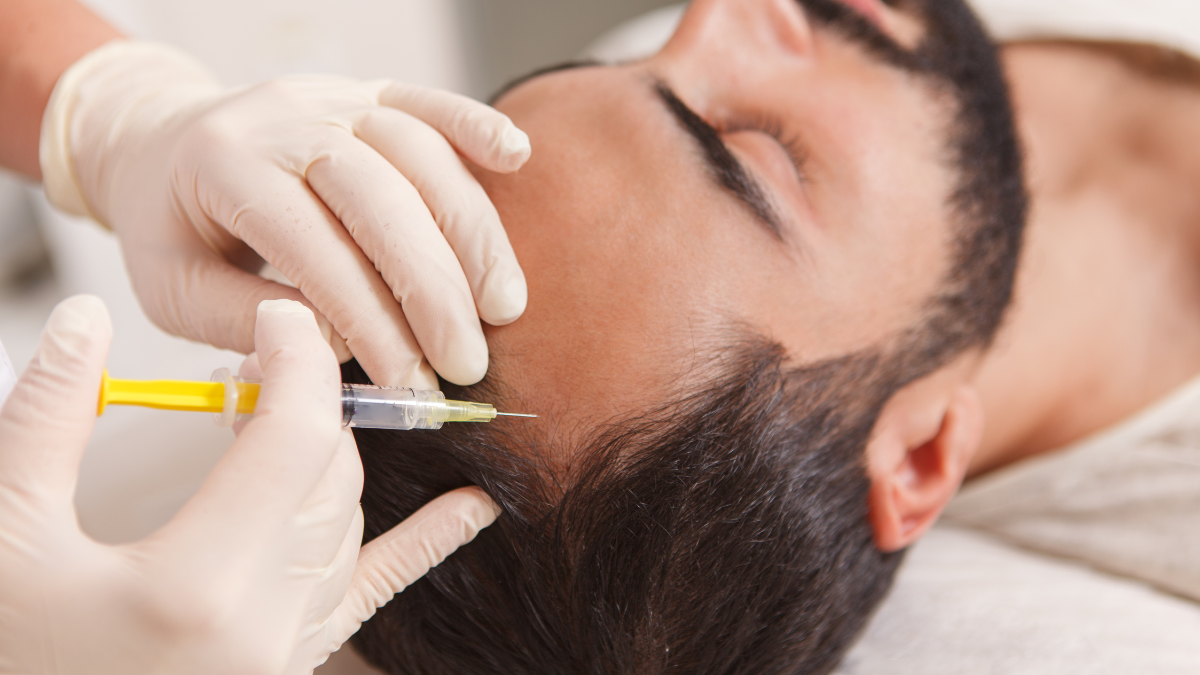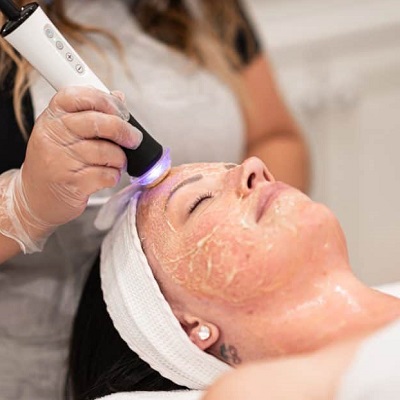Losing hair can be really tough for men and women. It makes us feel bad about how we look and ourselves. In recent years, PRP (Platelet-Rich Plasma) hair loss treatment has gained significant attention as a potential solution for hair regrowth. However, along with the growing popularity of this treatment, various myths and misconceptions have also emerged. This article will debunk some common myths surrounding PRP hair loss treatment and shed light on the facts.
Myth 1: PRP Hair Loss Treatment is a Miracle Cure
Fact: PRP hair loss treatment can help some people grow hair, but it doesn’t work for everyone. The outcome can vary depending on things like why someone is losing hair, their health, and their unique qualities. It’s important to keep these factors in mind when considering the treatment. PRP treatment utilizes the growth factors in your blood to stimulate hair follicles and promote hair regrowth. It can be effective in certain cases but may only work for some.
Myth 2: PRP Treatment is Painful
Fact: Many people think that PRP hair loss treatment is painful, but that’s not true. It usually doesn’t hurt much. Before the procedure, a numbing cream is applied to your head to reduce any pain. The PRP solution is then injected into the targeted areas of the scalp using fine needles. Most individuals experience minimal pain or discomfort during the procedure. It’s essential to understand that everyone’s ability to withstand pain differs.
Myth 3: PRP Treatment Provides Immediate Results
Fact: PRP hair loss treatment is gradual, and results may not be immediate. It takes time for the growth factors in the PRP to stimulate hair follicles and promote new hair growth. While some individuals may start to see improvements after a few sessions, it typically takes several months to notice significant changes in hair thickness and density. Consistency and patience are key when undergoing PRP treatment, as it requires multiple sessions spaced out over some time to achieve optimal results.
Myth 4: PRP Treatment Works for All Types of Hair Loss
Fact: If you are losing hair due to pattern baldness or certain medical conditions, PRP hair loss treatment can be effective. However, if your hair loss is caused by other factors, like autoimmune conditions or scarring alopecia, PRP may not work as well. To find out if PRP is right for your hair loss, talk to a hair care professional or dermatologist who can give you advice tailored to your condition.
After learning about the truths of PRP treatment, it’s important to note that you should only trust a reputable clinic if you’re considering the procedure. Midas Aesthetics, a leading skincare and hair care clinic, offers advanced PRP hair loss treatment and other aesthetic services. Their team of the best professionals is dedicated to providing personalized care and delivering effective results.
Conclusion:
In conclusion, PRP treatment can be viable for individuals seeking to address hair loss concerns. However, having realistic expectations and understanding the facts behind the treatment is important. Everyone’s PRP treatment is unique and the outcomes may differ from person to person. Consulting with a qualified professional and choosing a reputable clinic like Midas Aesthetics can help ensure you receive the best care and guidance throughout your hair restoration journey. Remember, proper hair care treatment requires a comprehensive approach, including a healthy lifestyle, a balanced diet, and regular maintenance. Take control of your hair health and explore the options for achieving a fuller, healthier head of hair.
FAQs:
1. Is PRP treatment suitable for everyone?
PRP treatment may not work for everyone. Its effectiveness can vary based on factors such as the cause of hair loss, individual health, and unique qualities. It’s recommended to consult with a hair care professional or dermatologist to determine if PRP treatment is the right option for your specific condition.
2. How long does it take to see results from PRP treatment?
PRP treatment is gradual, and immediate results should not be expected. While some individuals may notice improvements after a few sessions, significant changes in hair thickness and density typically take several months to become noticeable. Consistency and patience are key throughout the treatment process.
3. Are the results of PRP treatment permanent?
PRP treatment can stimulate hair growth, but the longevity of results may vary. Maintenance sessions may be necessary to sustain the effects over time. Discussing long-term expectations and follow-up care with your hair care professional or dermatologist is important.




